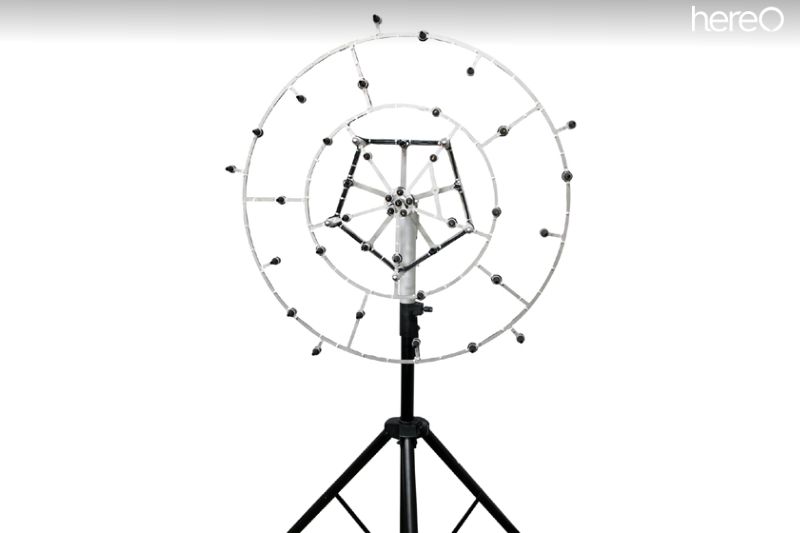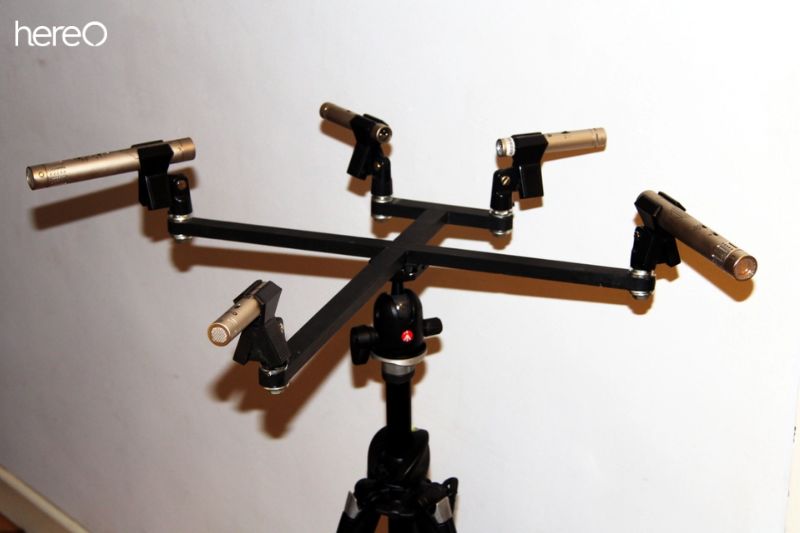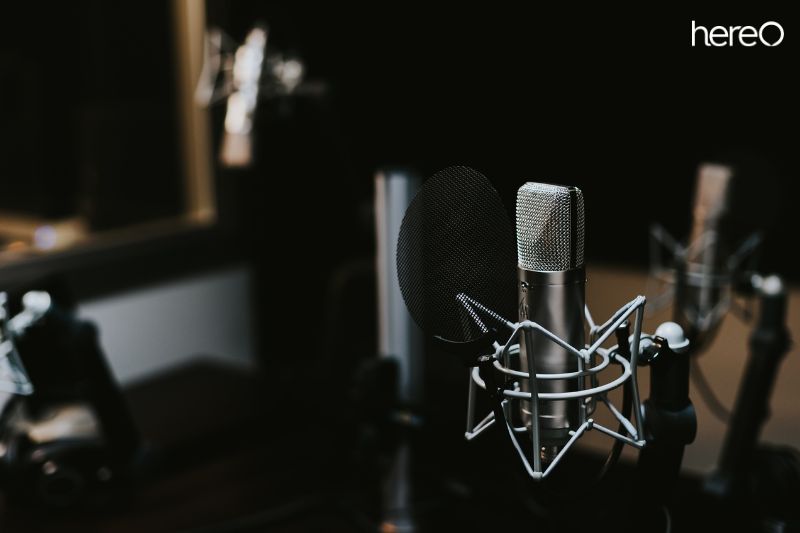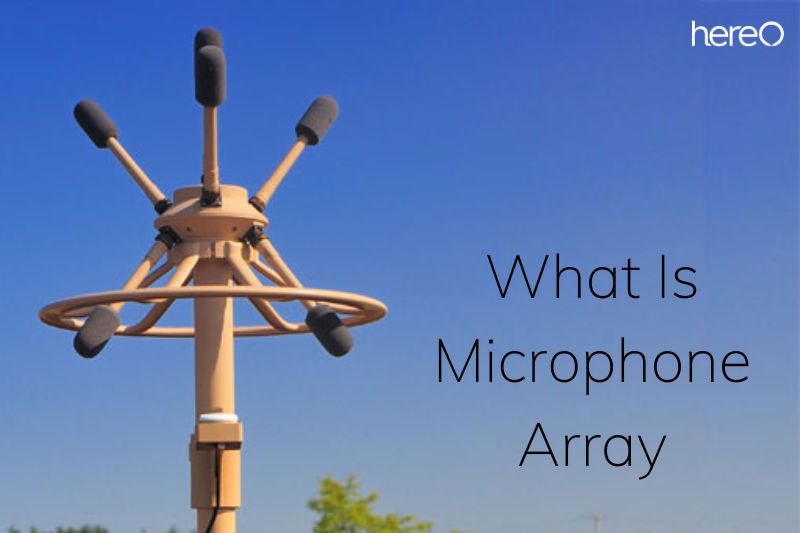If you work with microphones, you might already know many different kinds of microphones. But there is one particular type that is fairly unfamiliar to the majority of people. What we mentioned here is the microphone array. So, what is microphone array.
Contents
What Is Microphone Array?

A microphone array is a device composed of multiple microphones that are used together to record sound input.
These arrays can consist of omnidirectional microphones, directional microphones, or a mix of the two. The microphones in the array work together to record sound simultaneously, creating a more accurate representation of sound than a single microphone.
The most common microphone array is a two-microphone array with one microphone placed on the left side of the device and the other placed on the right side. This design works to isolate the sound source and reject ambient noise and reverberation.
There are numerous applications for microphone arrays, including systems for extracting voice input from ambient noise (such as telephones and speech recognition systems), surround sound, and hearing aids.
Additionally, soundfield microphone systems are well-established examples of the use of a microphone array in professional sound recording.
One example of a modern microphone array is the Google Duplex system which consists of 4096 microphones. This system is used in voice recognition technologies to accurately identify and distinguish individual voices.
What The Microphone Array Do

The microphone array can be used for a variety of purposes, including recording, live performance, noise reduction, teleconferencing, and spatial perception.
In recording, the microphone array can capture sound in a more detailed way than a single microphone would. This is especially true when recording in stereo, as the multiple individual microphones can be used to create a more precise stereo image.
Live performance also benefits from the use of a microphone array. By having multiple microphones placed in different positions around the sound source, musicians can create dense layers of sound that would be otherwise impossible to achieve with a single microphone.
Noise reduction technology uses arrays of microphones and loudspeakers to detect and reduce noise. The microphones in the array are used to detect incoming noise and the loudspeakers are used to cancel it out by producing anti-noise.
Teleconferencing systems use microphone arrays to reduce background noise and make conversations easier to understand. The microphone array also helps to direct sound from each speaker to their counterparts, allowing for better sound quality in the conversation.
Finally, microphone arrays can be used to create a sense of spatial perception. By using different array microphones, sound engineers can create realistic 3D soundscapes that mimic the way sound travels in real life. This can be used to create immersive audio experiences for listeners.
What Is Dual Array Microphone

A dual array microphone combines two or more microphones to record sound waves in a unique manner. It focuses multiple sensors into different positions and uses digital signal processing (DSP) to isolate audio sources from the background noise.
This type of microphone is able to pinpoint a speaker even if they move around a room. The virtual polar patterns of the microphone also allow it to process signals as if it were placed at the speaker’s location.
Dual array microphones can be found in device housings such as telephones, webcams and other equipment.
The main difference between a dual array microphone and a digital microphone is that the former is able to distinguish between different sources of incoming sound waves.
Digital microphones are usually found in low-grade and high-end applications such as toys, computers, telephony and sound studios. They pick up all sound as one messy signal and require the user to position them intelligently to limit their reception fields to particular patterns.
Array microphones, on the other hand, eliminate this issue and create “smart” virtual microphones that do not require users to worry about orientation concerns.
The illusion of space created by the dynamic surround sound of an array microphone has made it a popular choice among professional audio engineers.
What Type Of Microphone Is Microphone Array

Dynamic cardioid microphone array
The most basic kind of microphone arrays are dynamic cardioid arrays. This type Is strongly directional, which is useful in audio surveillance applications where it is important to isolate speech from other sounds. In addition, they have the benefit of being compact, sturdy, and relatively inexpensive.
Dynamic cardioid microphone arrays are used in surveillance equipment.
Condenser cardioid microphone array
This type of setup employs two condenser microphones placed back-to-back, delivering superior accuracy at a much steeper cost than dynamic cardioid microphone arrays.
For conference calls and recording, a condenser cardioid microphone array works well at capturing audio from a close proximity.
Condenser Omnidirectional Microphone Array
This array boasts two omnidirectional mics, aligned side by side for optimal audio capture. With sound coverage in all directions, an omni-directional microphone array is ideal for capturing the nuances of live performances, especially those involving performers distributed across a large area.
This technology has also been employed in outdoor sound monitoring for a range of purposes, such as noise monitoring, acoustic source localization/tracking, and wind turbine sound assessment.
FAQs about What Is Microphone Array

What is difference between microphone and Microphone Array?
Microphone Array is a microphone device that functions just like a regular microphone, but instead of having only one microphone to record sound input, it has multiple microphones to record sound.
What is microphone array used for?
Using numerous microphones to measure the differences in audio readings, microphone arrays provide an effective way of localizing the source of a sound and accurately calculating its direction and location.
Why do singers use 2 microphones?
A singer needs two microphones to combat the cacophony of a live audience – the noise can easily overwhelm their voice and distort the sound, but with two omnidirectional mics, they can ensure their performance is heard loud and clear!
Conclusion
Microphone arrays have a wide range of applications and can greatly enhance the quality and accuracy of sound recordings. With its advanced features, this type of microphone is becoming increasingly popular among sound engineers, musicians, and producers.
If you’re looking to take your audio projects to the next level, consider investing in a microphone array to get the best sound possible.
HereOfamily hope this article has provided you with some helpful insight into what a microphone array is and how it can benefit your audio recording projects. Discover more about microphone array technology today – you won’t regret it! Thank you for reading.
